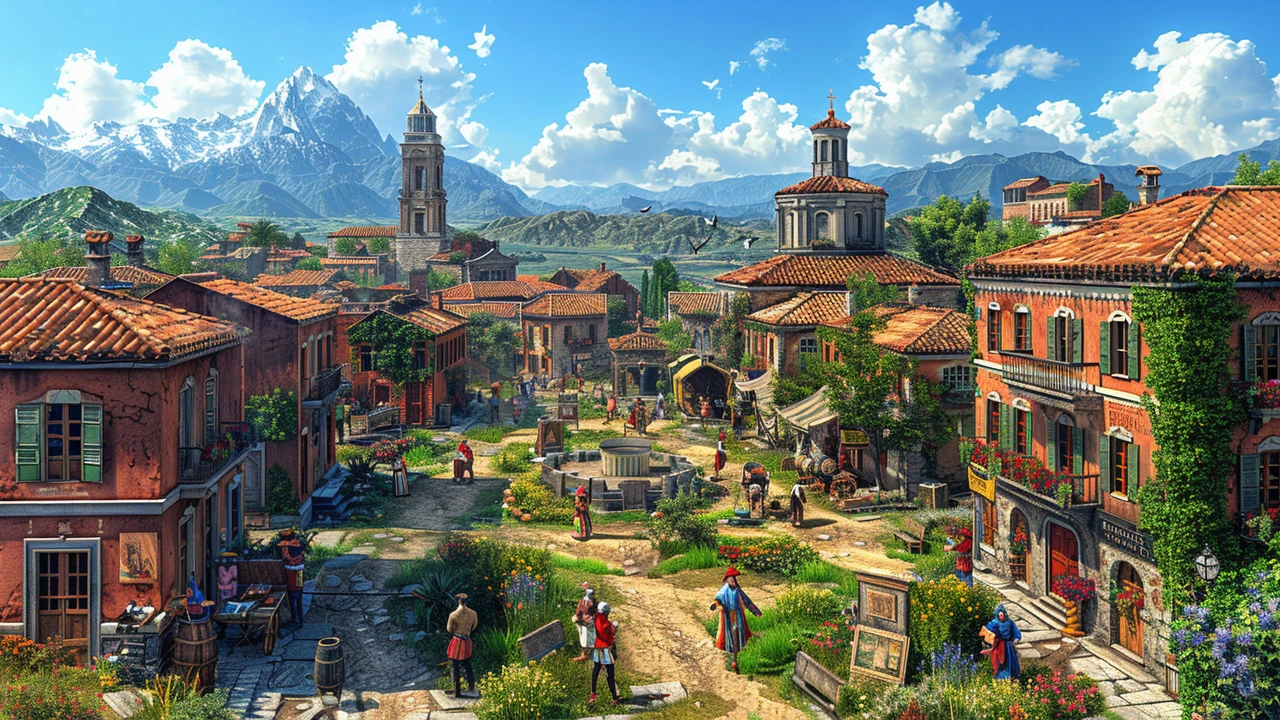Scientific Revolution: How New Science Changed Art & Architecture
What happens when people start measuring, experimenting, and questioning old ideas? The Scientific Revolution rewired how artists and architects thought about space, light, materials, and proportion. That shift isn’t just history — it’s living in the buildings and paintings you see every day.
The Scientific Revolution (16th–17th centuries) introduced new ways to test and describe the world. Think Copernicus, Galileo, Kepler, Newton — they pushed measurement, optics, and mechanics. Architects picked up those tools. Instead of trusting rules passed down by tradition, they tested proportions, used geometry, and designed with physics in mind. That made buildings safer, more expressive, and often more dramatic.
Concrete examples you can spot
Want to notice science at work while you walk around a city? Look for these clues. First, perspective and proportion: early Renaissance architects and painters used linear perspective and precise ratios to create depth and balance. When you read our pieces on Renaissance Architecture and Renaissance Unpacked, you’ll see how geometry became a design tool, not just decoration.
Second, light and optics: new studies of light affected interiors and facades. Baroque buildings use dramatic light and shadow to guide the eye — that’s linked to contemporary experiments in optics. Our Baroque Architecture article points out how designers used contrast and motion to create drama that felt almost theatrical.
Third, engineering and materials: better math and physics led to bolder domes, longer spans, and iron-and-steel frames later on. Beaux-Arts and 19th-century revival styles mixed classic forms with modern engineering. Read Beaux-Arts Architecture and Preserving Beaux-Arts Architecture to see how tradition met industrial-age know-how.
How to read a building like a pro
When you visit a church, courthouse, or old house, ask a few quick questions: Is the façade based on a clear geometric grid? Are columns and windows arranged with strict ratios? Does the interior use controlled light to highlight a feature? Those signs often point to designers who used scientific ideas, not just taste. For example, Greek Revival and Georgian buildings use measured symmetry; Baroque uses calculated imbalance to create movement.
If you want short reads on related styles, check our pages on Renaissance Architecture, Baroque Architecture, Georgian Architecture Influence on Modern Urban Design, and Beaux-Arts Architecture. Each article shows how scientific thinking shaped style and function in different ways.
Finally, remember this: science didn’t erase beauty. It gave designers tools to shape how we feel inside spaces. Next time you pass a grand dome, a dramatic stair, or a perfectly balanced row of windows, think about the questions and measurements behind that harmony. That’s the Scientific Revolution showing up in stone and glass.

The Renaissance Era: Unveiling the Dawn of Modern Civilization
The Renaissance marks a pivotal period in human history, known for its profound impact on art, science, and culture, leading to the foundational aspects of the modern era. This era, blossoming in Europe between the 14th and 17th centuries, fostered the revival of classical learning and wisdom. It saw the rise of influential figures such as Leonardo da Vinci and Michelangelo who not only transformed the arts but also encouraged a spirit of humanism. The Renaissance also set the stage for the scientific revolution, altering humanity's view of the world and itself.
Read more